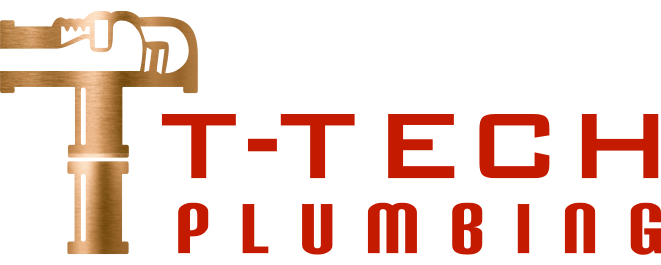A sewage backup is a distressing plumbing emergency that poses serious health risks and requires immediate action. Understanding the potential dangers and knowing the right steps to take can protect your family and property from harm. This guide will outline the health risks associated with sewage backups and provide urgent solutions for Sydney and New South Wales homeowners.
Health Risks of Sewage Backups:
Sewage contains a cocktail of harmful contaminants, including:
- Bacteria: E. coli, salmonella, and other bacteria can cause severe gastrointestinal illnesses, leading to vomiting, diarrhea, and fever.
- Viruses: Hepatitis A and norovirus are common viruses found in sewage that can lead to liver damage, infections, and other health complications.
- Parasites: Giardia and cryptosporidium are parasites that can cause intestinal infections, abdominal cramps, and diarrhea.
- Chemicals and Toxins: Sewage may contain harsh chemicals and toxins that can irritate the skin, eyes, and respiratory system.
Symptoms of Sewage Exposure:
If you’ve been exposed to sewage, watch for symptoms such as:
- Nausea, vomiting, diarrhea
- Abdominal pain and cramps
- Fever
- Headache
- Fatigue
- Skin rash or irritation
- Respiratory problems
Urgent Solutions for Sewage Backups:
- Evacuate the Affected Area: If the backup is extensive, consider evacuating your home, especially if you have young children, elderly individuals, or those with compromised immune systems.
- Avoid Contact with Sewage: Do not touch or wade through sewage water. If you must enter the area, wear protective gear such as gloves, boots, and a mask.
- Shut Off Water and Electricity: Turn off the main water supply to your home and the electricity to the affected area. This will prevent further contamination and reduce the risk of electrical shock.
- Call an Emergency Plumber: Contact a licensed plumber immediately. They have the expertise and equipment to safely remove sewage, clean and disinfect the area, and repair the underlying cause of the backup.
- Document the Damage: Take photos or videos of the backup for insurance purposes.
- Contact Your Insurance Company: Notify your insurance company about the incident to determine if you have coverage for sewage backup cleanup and repairs.
Preventing Future Sewage Backups:
- Proper Disposal: Avoid flushing anything down the toilet besides toilet paper and human waste.
- Regular Maintenance: Schedule regular plumbing inspections and maintenance to identify potential problems before they escalate.
- Root Intrusion Prevention: If tree roots are a common cause of backups in your area, consider preventative measures to protect your sewer lines.
TTech Plumbing: Your Trusted Partner for Sewage Backup Cleanup in Sydney & NSW
If you’re dealing with a sewage backup in Sydney or anywhere in New South Wales, TTech Plumbing is here to help. Our experienced plumbers are available 24/7 to provide prompt and professional sewage cleanup and repair services. Call us at 0450 848 991 for immediate assistance.
Keywords: sewage backup, sewage cleanup, emergency plumber Sydney, emergency plumber NSW, health risks of sewage



